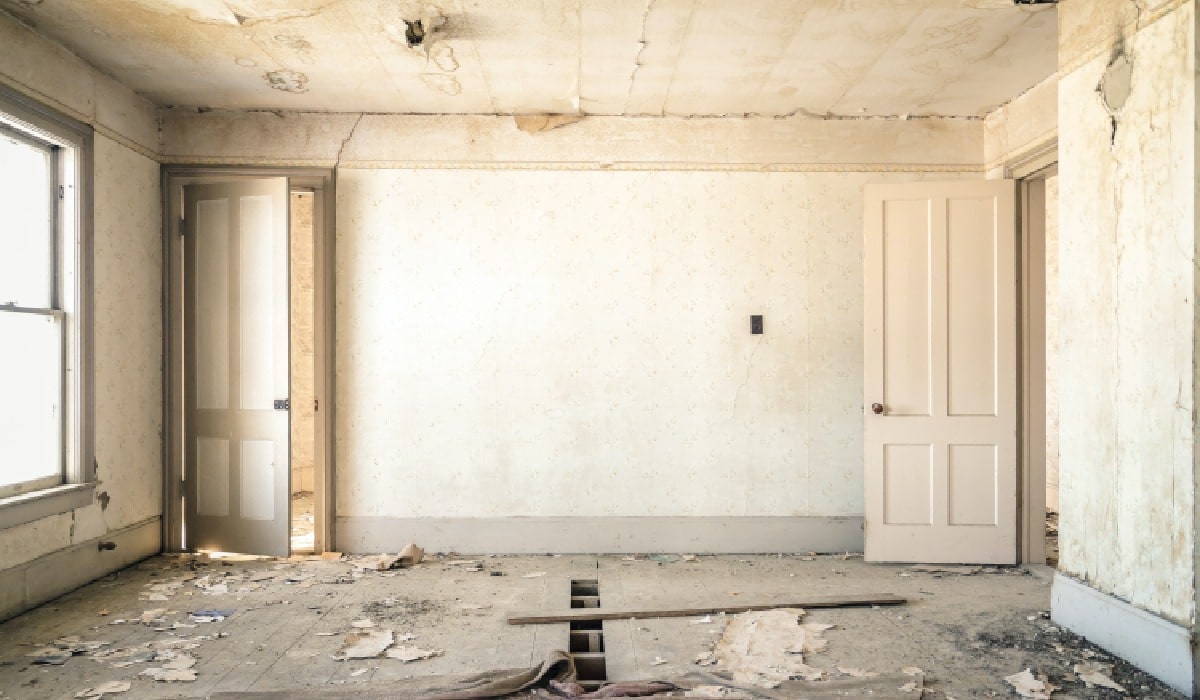Breathing New Life into Decade-Old Buildings: A Comprehensive Renovation Guide
Did you know nearly 50% of buildings in urban areas are over 30 years old and many need renovations? Revamping these decade-old structures can significantly boost their market value. Renovating an older building offers challenges like structural issues and outdated systems, but the rewards can be substantial. This article provides a thorough guide on how to renovate decade-old buildings effectively, covering everything from planning and budgeting to design and execution.
Planning Your Renovation: Laying the Foundation for Success
Assessing the Building's Condition: A Thorough Inspection
Before diving into renovations, a professional building inspection is essential. Skilled inspectors can identify hidden problems that may lurk within the walls. Key areas to focus on include:
- Foundation: Look for cracks or settling issues.
- Plumbing: Check for leaks or outdated pipes.
- Electrical Systems: Ensure wiring meets current codes.
- Roofing: Assess for wear, leaks, or damage.
Research shows that about 70% of decade-old buildings encounter structural or system failures during inspections. Addressing these early can save significant time and money later on.
Defining Your Scope and Budget: Setting Realistic Goals
A well-defined renovation scope helps keep projects on track. Start by listing what you want to accomplish. Use budgeting tools like Excel or apps such as Mint or YNAB to manage expenses effectively.
Here are actionable budgeting tips:
- Break down each task: List costs for materials, labour, and permits.
- Set up a contingency fund: Allocate at least 10-20% of your budget for unforeseen expenses.
Realistic budgeting supports smoother projects and increases everyone's satisfaction.
Securing Necessary Permits and Approvals: Navigating the Legal Landscape
Before renovations begin, obtaining the right permits is crucial. Common permits include:
- Building permits
- Electrical permits
- Plumbing permits
Neglecting this step can lead to fines or project delays. Research local building codes to avoid potential legal pitfalls. Consulting with a knowledgeable contractor or architect can help navigate this process.
Design Considerations: Blending Old Charm with Modern Functionality
Preserving Historical Features: Respecting the Building's Heritage
When renovating, it’s vital to honour the building’s original features. Successful restorations often celebrate these elements, like:
- Original moldings
- Antique light fixtures
- Historic wallpaper patterns
Mixing modern design with historical features creates a unique space while maintaining character. For example, pairing new energy-efficient appliances with vintage cabinetry can highlight the home’s history.
Optimizing Space and Layout: Maximizing Functionality
Older buildings often have unique layouts. Consider the following strategies to optimise the space:
- Open floor plans: Create a more modern feel by removing non-load-bearing walls.
- Multi-purpose rooms: Design spaces that serve multiple functions, like a guest room that doubles as an office.
- Accessibility considerations: Ensure spaces accommodate everyone, including those with mobility challenges.
These strategies can enhance the usability of your space and make it more appealing.
Material Selection: Balancing Aesthetics and Durability
Choose materials that are both durable and stylish. Some great options include:
- Reclaimed wood offers character and sustainability.
- Quartz countertops: durable and visually appealing.
- Energy-efficient windows: reduce heating and cooling costs.
Smart material choices can save money in the long run by enhancing energy efficiency and requiring less maintenance.
Execution: Managing the Renovation Process Effectively
Finding and Managing Contractors: A Crucial Step
Choosing the right contractors can make or break a renovation. Look for qualifications and past work examples. Ask for references to get a sense of reliability and quality. Here’s how to manage contractors effectively:
- Set clear expectations from the start.
- Communicate regularly about progress and concerns.
- Keep records of agreements and changes.
Good management can lead to a smoother renovation experience.
Monitoring Progress and Addressing Issues: Maintaining Quality Control
Stay engaged throughout the renovation process. Regular check-ins can catch problems early. Tips for monitoring progress include:
- Schedule weekly walkthroughs to assess work.
- Address issues immediately rather than letting them linger.
- Maintain open lines of communication with your contractors.
This proactive approach can prevent small problems from growing into costly issues.
Ensuring Safety: Prioritizing Worker and Occupant Safety
Safety should never be overlooked. Follow these protocols to keep everyone safe:
- Personal Protective Equipment (PPE): Ensure workers wear hard hats, gloves, and eye protection.
- Clear pathways: Keep work areas tidy to prevent accidents.
- Stay updated: Familiarise yourself with local safety regulations.
Common hazards include falling debris and electrical issues. Proper planning minimises risks.
Post-Renovation: Maintaining and Enhancing Your Investment
Ensuring Energy Efficiency: Reducing Operational Costs
Improving energy efficiency can lead to substantial savings. Consider these strategies:
- Install LED lighting: more energy-efficient than traditional bulbs.
- Improve insulation: Keeps heating and cooling costs lower.
- Use smart thermostats: Automatically adjust temperatures based on usage patterns.
Studies show that well-executed renovations can result in energy savings of 20–30%.
Protecting Your Investment: Regular Maintenance
Once the renovation is complete, regular maintenance protects your investment. Follow a routine maintenance schedule, including:
- Inspecting roofs and gutters biannually.
- Servicing HVAC systems yearly.
- Checking for plumbing leaks quarterly.
Consistent upkeep prevents future issues and extends the lifespan of your renovations.
Conclusion: Realizing the Potential of Decade-Old Buildings
Revamping decade-old buildings offers numerous benefits, including enhanced value, functionality, and sustainability. By carefully planning, designing, executing, and maintaining these spaces, you unlock their potential. Embrace the opportunity to transform an old structure into a modern marvel that respects its past.
